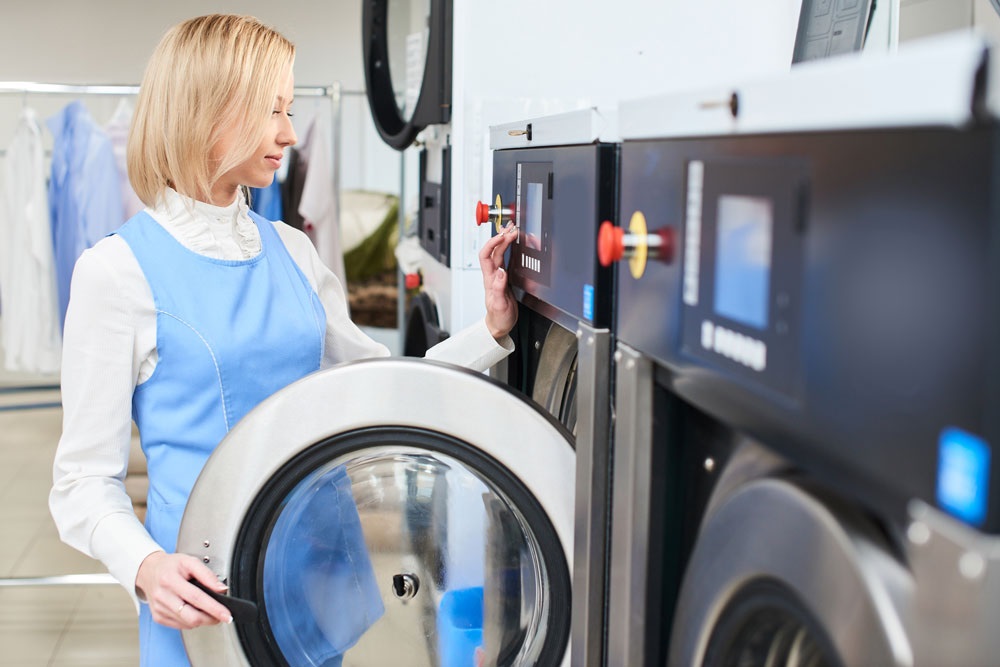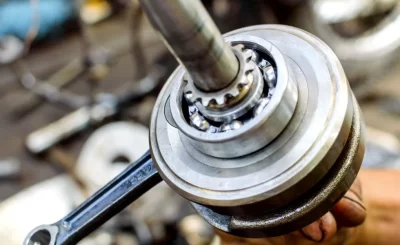Dry cleaning plays a crucial role in modern society by providing a specialized cleaning service that effectively removes stains and odors from delicate fabrics that cannot withstand traditional washing methods. In today’s fast-paced world, where appearances are important, dry cleaning offers a convenient solution for busy individuals who want to maintain a polished and professional wardrobe without the time-consuming task of hand-washing or risking damage in a regular washing machine. The ability of dry cleaning to extend the lifespan of clothing and keep garments looking fresh and well-maintained has made it an essential service for many people in their daily lives.
Past trends in dry cleaning
Early dry cleaning methods involved using various solvents like kerosene or gasoline to remove stains from clothing. These methods were harsh and posed safety risks. The evolution of dry cleaning technology saw the introduction of less toxic solvents, such as perchloroethylene, which provided a more effective and safer cleaning process. Advancements in laundry equipment and automation further improved the efficiency and quality of dry cleaning, making it a staple service in the textile industry.
The present state of dry cleaning
Industry standards and practices in dry cleaning are primarily focused on delivering high-quality services efficiently. Environmental impact and sustainability efforts have become increasingly important, with many dry cleaners adopting eco-friendly practices such as using biodegradable solvents and reducing energy consumption. Technological advancements in dry cleaning include innovations like computerized garment tracking systems and automated Girbau North America laundry machines that use less water and energy, leading to more cost-effective and environmentally friendly operations.
Automation and digitalization
In the digital age, automation, and technology are transforming the dry cleaning industry. From online scheduling and digital payment systems to robotic garment handling, automation is streamlining operations and improving the customer experience. With the rise of on-demand services, customers can now enjoy the convenience of having their clothes picked up, cleaned, and delivered right to their doorstep with just a few clicks.
Future trends in dry cleaning
Innovations in eco-friendly dry cleaning have revolutionized the industry by introducing non-toxic solvents and energy-efficient processes. Automation and robotics have streamlined operations, enhancing efficiency and accuracy in garment handling and cleaning procedures. These advancements are driving the industry towards a more sustainable and environmentally conscious future, reducing the carbon footprint of traditional dry cleaning methods. In the future, the dry cleaning industry is expected to continue to prioritize eco-friendly solutions and automation, leading to a more sustainable and technologically advanced sector.
Predictions for the future of dry cleaning
The future of dry cleaning will see significant advancements in technology, with the adoption of more environmentally friendly cleaning methods such as liquid carbon dioxide and silicone-based solvents. Automation will streamline operations, reducing turnaround times for customers. Mobile apps will enable convenient pickup and delivery services, catering to the needs of busy consumers. Additionally, there’s a focus on sustainability, with a shift towards biodegradable packaging and energy-efficient equipment. Overall, the future of dry cleaning looks to be more efficient, convenient, and eco-friendly.
The evolution of dry cleaning from its humble beginnings to the modern age showcases a story of innovation, efficiency, and sustainability. As the industry continues to evolve, embracing new technologies and practices will be key to staying relevant and meeting the needs of today’s consumers. The future of dry cleaning is bright, with endless opportunities for growth and advancement in the years to come.








